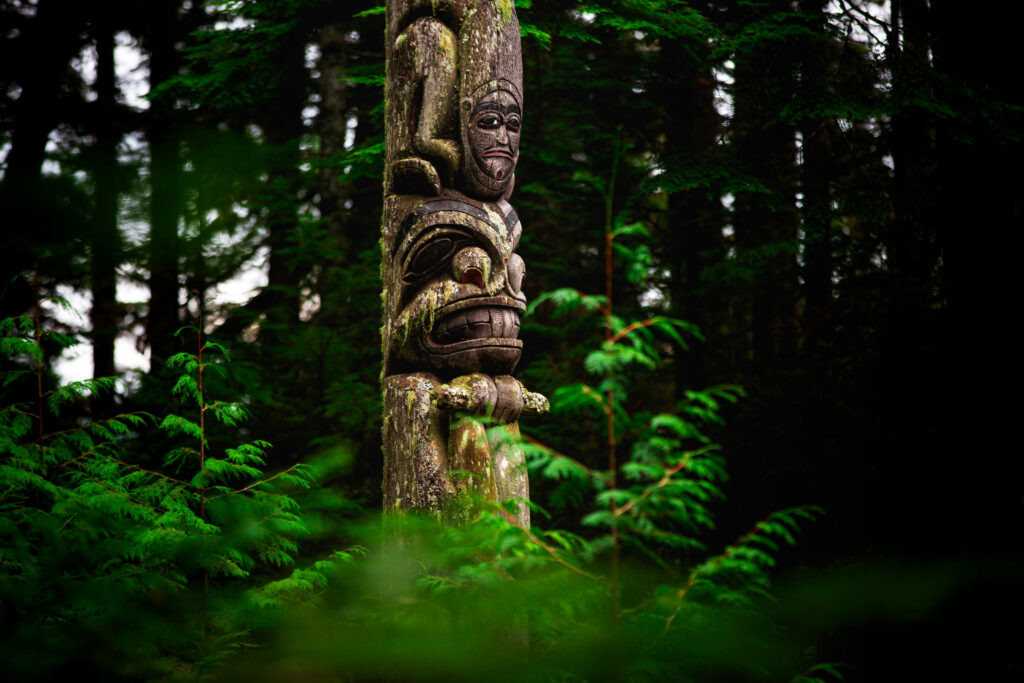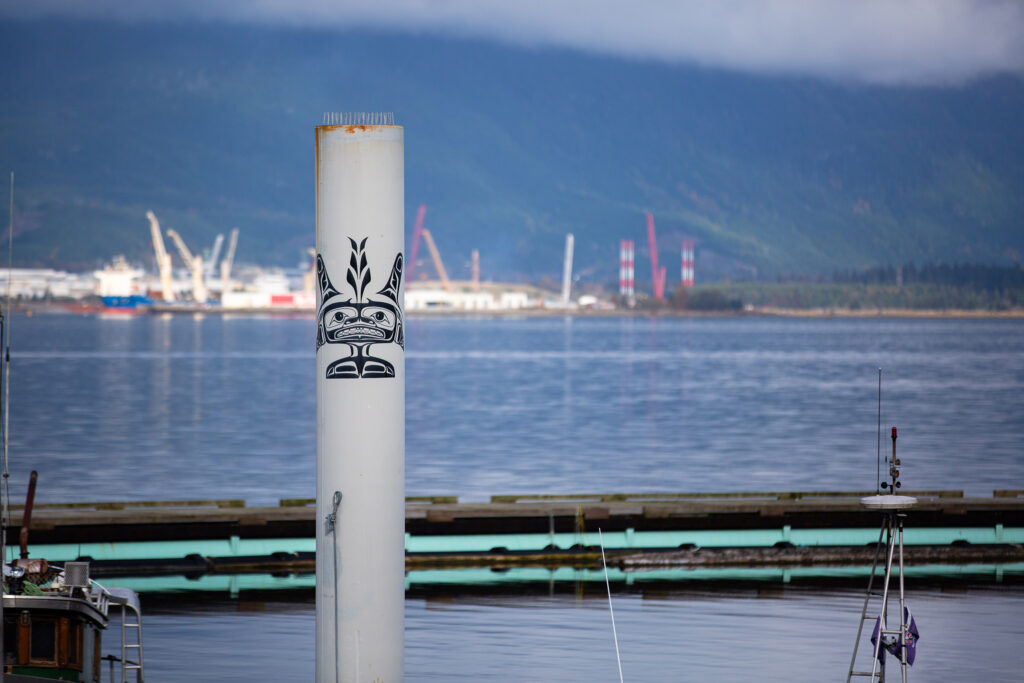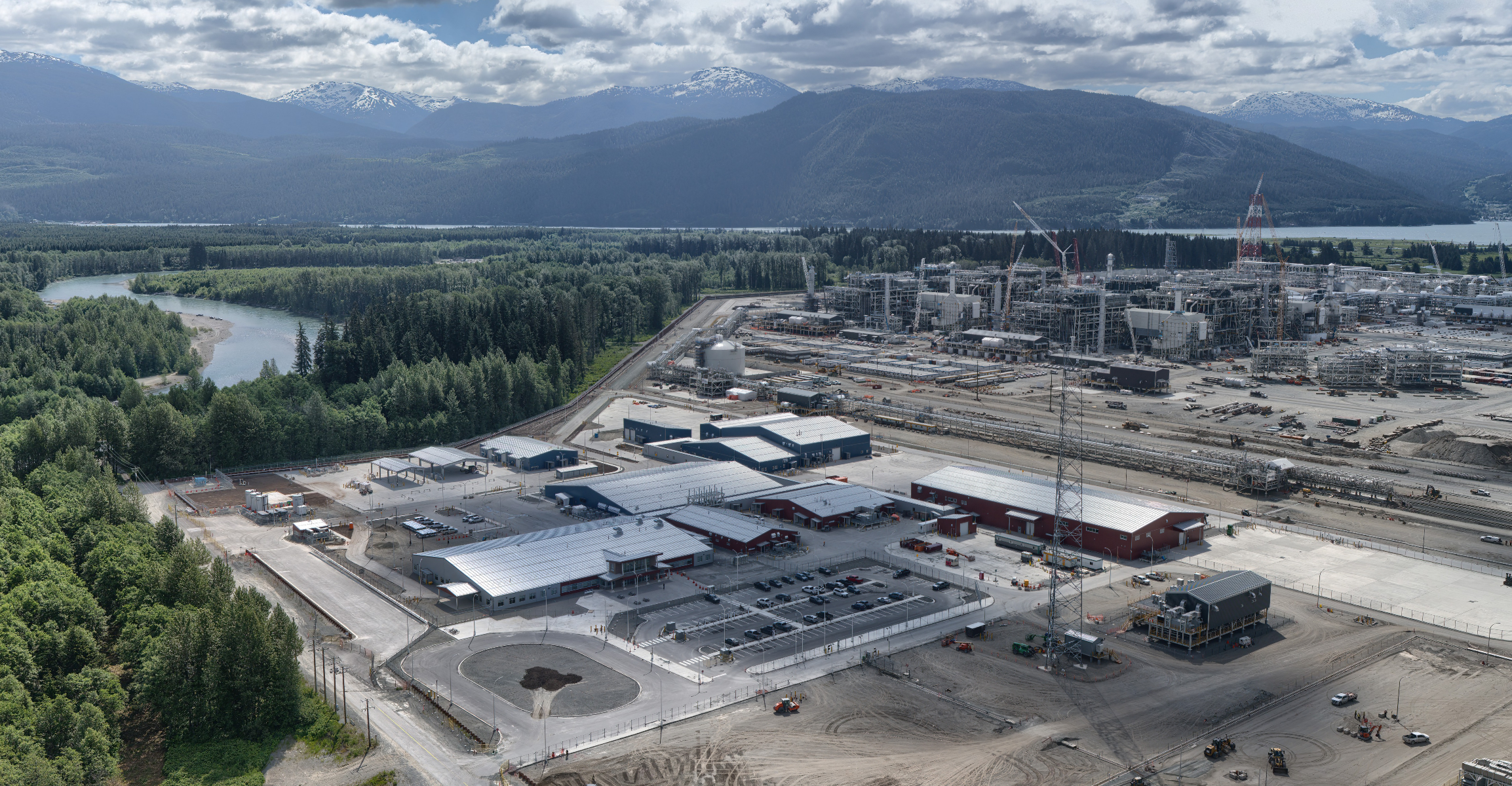
About LNG Canada
Our LNG export facility in Kitimat, British Columbia will provide lower carbon, reliable liquified natural gas to the world.
Our Mission, Vision and Values
We are a joint venture company comprised of five global energy companies with substantial experience in liquefied natural gas (LNG) – Shell, PETRONAS, PetroChina, Mitsubishi Corporation and KOGAS.
Our aim is to provide economic growth to Canada and cleaner energy to the world through the export of reliable, low-emission liquefied natural gas.
With access to abundant, low-cost Canadian natural gas and an ice-free harbour, our export facility in Kitimat, British Columbia, in the traditional territory of the Haisla Nation, will:
- Provide security of supply for global markets that rely on Canada’s natural gas reserves to fuel their economies,
- Reduce global GHG emissions as natural gas replaces the use of coal, and
- Bring significant economic growth and stability to northern British Columbia communities and all of Canada.
We will do this while setting the benchmark for economically, environmentally and socially responsible LNG development in Canada, ensuring we make every decision with safety, economic, environmental and community interests top-of-mind.
With construction moving safely and steadily towards completion, the LNG Canada project remains on track to deliver its first cargo by the middle of this decade. Our facility is a long-life asset and our 40-year export license enables us to initially export up to 14 million tonnes of LNG per annum.


Working Together
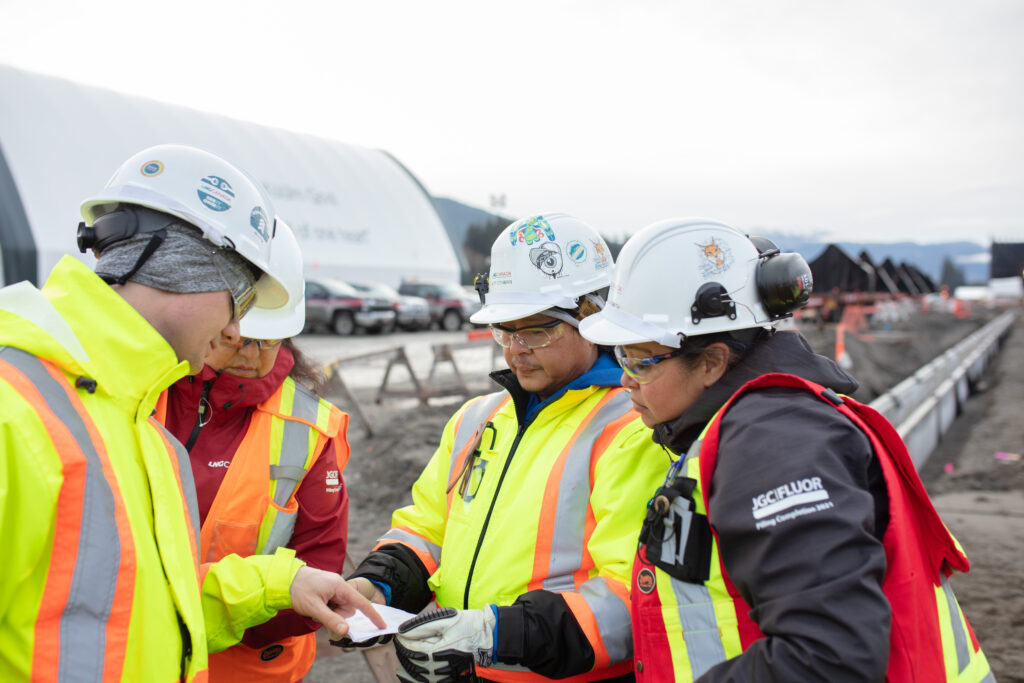
Our project began with a bold vision: To work in partnership with First Nations, Indigenous groups, local communities, non-governmental organizations, and government entities at the local, provincial, and federal levels, with the goal of becoming the project of choice in British Columbia and Canada.
LNG Canada is the largest private sector investment in Canadian history and is a generational opportunity to benefit local communities and provincial and national economies.
Along with our engineering, procurement and construction contractor, JGC Fluor, we work closely with local communities, First Nations and municipal, regional, provincial and federal levels of government to prioritize and meet collective social, economic and environmental goals.
Enabling the Energy Transition Locally and Globally
We believe energy development projects and the environment can co-exist, if the right design and planning are done upfront, the project incorporates local and traditional knowledge, and there is an effective way to monitor performance throughout the life of the project.
LNG Canada will export Canadian natural gas to Asian markets, putting Canada on the global map of LNG exporting countries and creating a world-leading LNG industry in British Columbia and Canada. Using LNG from B.C. has the potential to greatly reduce those countries’ greenhouse gas emissions, resulting in significant net global greenhouse gas reductions while significantly improving air quality.
Through a combination of energy efficient natural gas turbines and renewable electricity from BC Hydro, our project will emit less than half the greenhouse gas emissions of the average LNG facility currently in operation.
LNG Canada operates in an environment of continuous and demonstrable improvement. We work with governments to develop innovative policy solutions that position B.C. and Canada as leaders in energy development, reconciliation and environmental stewardship.
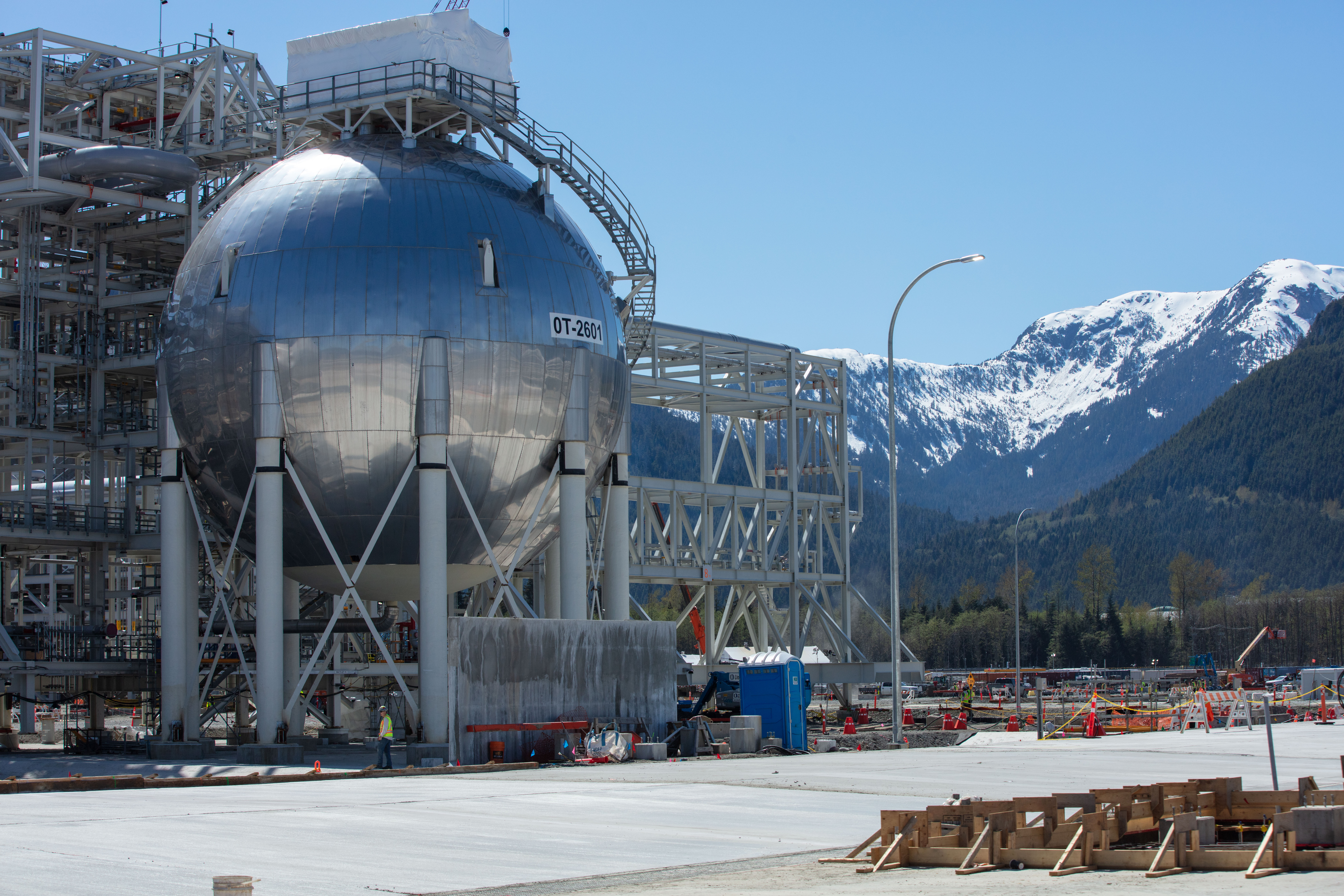
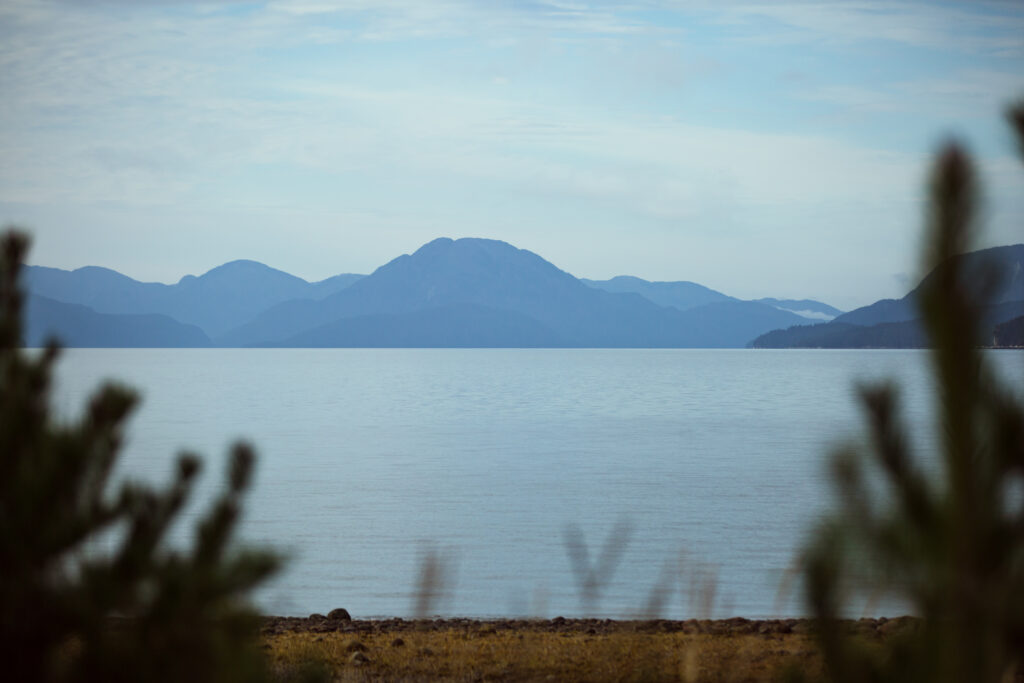
Why British Columbia?
British Columbia has the second largest natural gas reserves in Canada and is a reasonable shipping distance from Asian markets. We identified and reviewed more than 500 possible locations throughout the province prior to selecting our site in Kitimat, B.C., at the head of the Douglas Channel, in the traditional territory of the Haisla Nation.
Key considerations in choosing Kitimat:
- An inland location, such as an inlet, shortens the amount of pipeline needed to connect the gas reserves to our LNG export facility
- Industrially zoned land
- Year-round ice-free deep-water port
- Existing infrastructure such as roads, power lines and a nearby airport in Terrace, B.C.
- Positive relationships with local government, First Nations and the community
On the Traditional Territory of the Haisla Nation
We are building our facility on the traditional territory of the Haisla people. We are fortunate and grateful to have the support and involvement of the Haisla and other Indigenous communities. Working closely with Indigenous communities including Métis people has provided us opportunities to listen, learn and seek ways to participate in reconciliation.
The Haisla have occupied these lands for over 9,000 years. Today, the Haisla people are centred in Kitamaat Village, which sits at the head of Douglas Channel. The name “Haisla” (Xa’is’la) means “those living at the river mouth” or “living down river.”
Our shipping route passes through marine territories of Gitga’at First Nation, Gitxaala Nation, Metlakatla First Nation and the Lax Kw’alaams Band. For millennia, peoples of these nations have relied on the coastal waters for transportation, cultural activities, food and other resources. The Gitga’at, Gitxaala, Metlakatla and Lax Kw’alaams are part of the greater Tsimshian peoples.
Kitselas First Nation and Kitsumkalum First Nation are Tsimshian communities in the area where our asset is located. The Kitselas Canyon, on the Skeena River, is the heart of the Kitselas territory, in a strategic position between the interior lands and the coast. Kitsumkalum First Nation is located at the confluence of the Skeena and Kalum rivers. Kitsumkalum traditional territorial lands are located in and around the Kitsumkalum watershed, Skeena River and Prince Rupert Coast.
